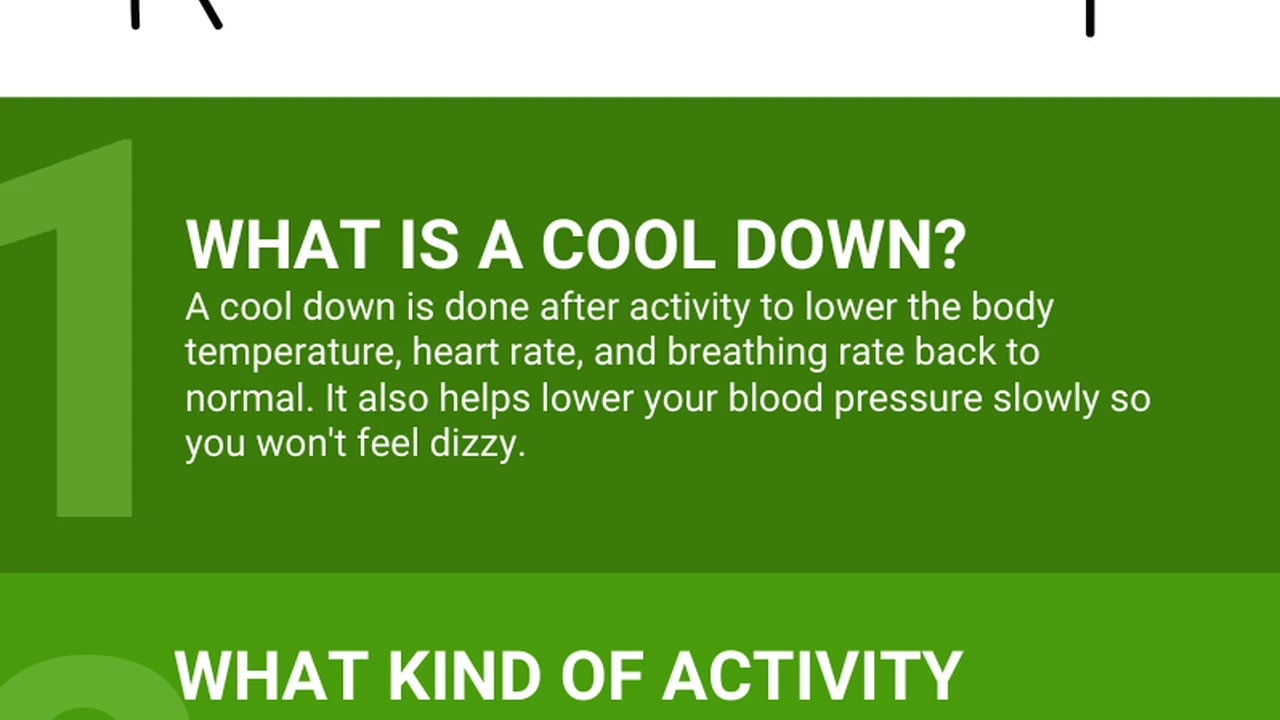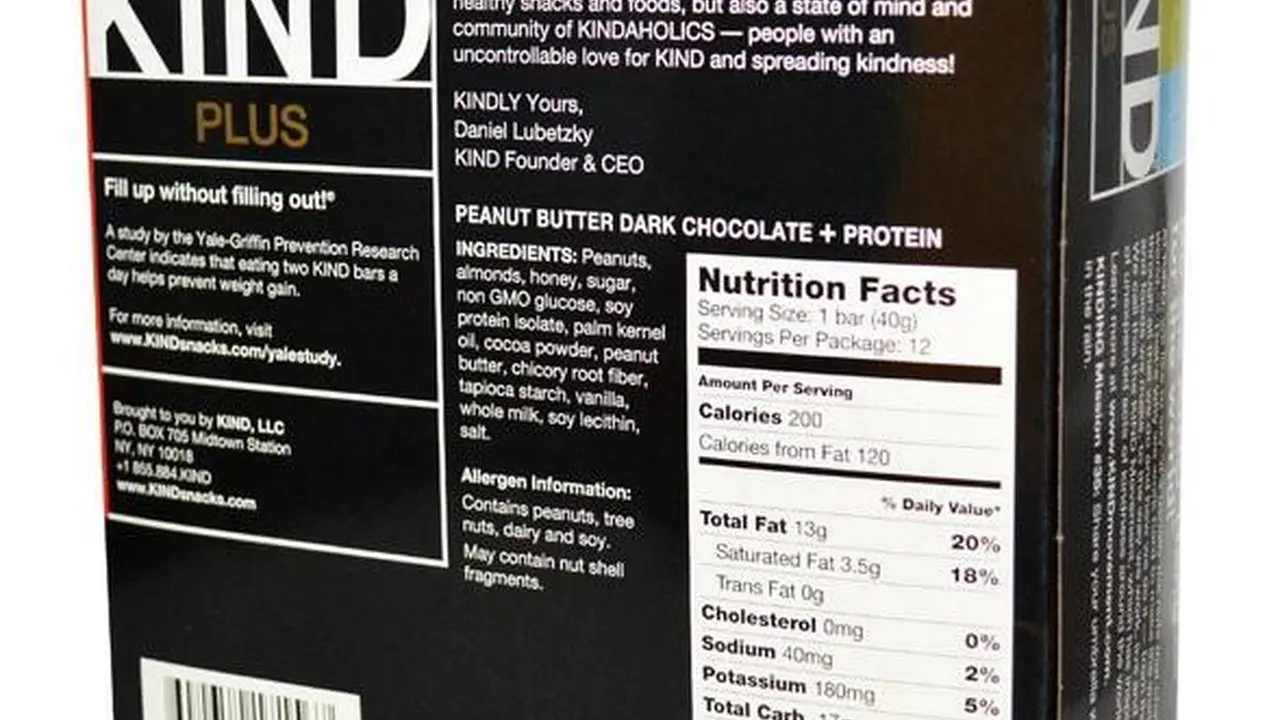The Benefits of Handwashing: Prevent Infections
Sample meta description.

Why Handwashing is Your First Line of Defense Against Disease Prevention and Infection Control
Okay, let's be real. We all know we *should* wash our hands more often. But do we really understand how powerful this simple act is? Think of your hands as tiny explorers, constantly touching everything from doorknobs to keyboards, picking up all sorts of microscopic hitchhikers. Many of these hitchhikers are harmless, but some are nasty germs that can make you seriously ill. That's where handwashing comes in – it's like a tiny, personal germ-fighting army, ready to protect you from a world of unseen threats. We're not just talking about avoiding the common cold; we're talking about preventing potentially life-threatening infections.
The Science Behind Clean Hands Understanding Germs and Disease Transmission
So, how does it all work? Germs, like bacteria and viruses, are everywhere. They can survive on surfaces for hours, even days! When you touch a contaminated surface and then touch your face (which we all do, constantly, without even realizing it!), you're giving those germs a direct route into your body through your eyes, nose, or mouth. Once inside, they can start multiplying and causing all sorts of problems, from a simple sniffle to a full-blown infection. Handwashing breaks this chain of transmission by physically removing the germs before they have a chance to invade. It's a simple but incredibly effective way to stop the spread of disease.
The Right Way to Wash Your Hands A Step-by-Step Guide for Optimal Hygiene
Think you know how to wash your hands? You might be surprised! It's not just a quick rinse under the tap. Here's the proper technique for maximum germ-fighting power:
- Wet your hands: Use clean, running water (warm or cold, it doesn't matter!).
- Apply soap: Use enough soap to cover all surfaces of your hands.
- Lather up: Rub your hands together vigorously, creating a good lather. Don't forget the backs of your hands, between your fingers, and under your nails!
- Scrub for at least 20 seconds: This is the crucial part! Sing the "Happy Birthday" song twice – that's roughly 20 seconds. Or, find a favorite short song to sing.
- Rinse well: Rinse your hands thoroughly under clean, running water.
- Dry your hands: Use a clean towel or air dry them.
See? It's not rocket science, but it does require a little bit of attention to detail. And those 20 seconds make a HUGE difference.
When to Wash Your Hands Key Moments for Infection Prevention and Personal Hygiene
Okay, so you know *how* to wash your hands. But *when* should you be doing it? Here are some key moments when handwashing is essential:
- Before preparing or eating food: This is a no-brainer. You don't want to contaminate your food with germs from your hands.
- After using the toilet: Another obvious one. Enough said.
- After coughing, sneezing, or blowing your nose: Germs can spread through the air, so wash your hands to prevent them from spreading further.
- After touching animals or animal waste: Animals can carry all sorts of germs that can be harmful to humans.
- After touching garbage: Garbage is a breeding ground for germs.
- Before and after treating a wound: You want to keep the wound clean and prevent infection.
- After being in a public place: Think about all the things you touch in public places – doorknobs, handrails, shopping carts. Wash your hands when you get home.
- When your hands are visibly dirty: This one's pretty self-explanatory!
- Before inserting or removing contact lenses: Protect your eyes from infection.
Basically, err on the side of caution. When in doubt, wash your hands!
Hand Sanitizer The On-the-Go Alternative for Hand Hygiene and Germ Control
Sometimes, you just don't have access to soap and water. That's where hand sanitizer comes in handy (pun intended!). Hand sanitizers are alcohol-based solutions that can kill germs quickly and effectively. They're a great option when you're on the go, traveling, or in situations where handwashing isn't possible.
How to use hand sanitizer effectively:
- Apply a generous amount of sanitizer to the palm of one hand.
- Rub your hands together, covering all surfaces, until your hands are dry. This should take about 20 seconds.
Important note: Hand sanitizers are not as effective as handwashing when your hands are visibly dirty or greasy. In those cases, soap and water are always the best option.
Choosing the Right Soap and Hand Sanitizer for Your Needs Understanding Product Options and Ingredients
So, which soap and hand sanitizer should you choose? There are so many options on the market! Here's a quick guide:
Soap:
- Liquid soap: A good all-around choice. Look for soaps that are fragrance-free and dye-free if you have sensitive skin.
- Bar soap: Can be more economical, but can also harbor bacteria if not stored properly. Make sure to keep bar soap dry between uses.
- Antibacterial soap: While it might seem like a good idea, antibacterial soaps are generally not necessary for everyday use. They can actually contribute to antibiotic resistance. Regular soap and water are just as effective at killing germs.
Hand Sanitizer:
- Alcohol-based sanitizers: Look for sanitizers that contain at least 60% alcohol. This is the concentration recommended by the CDC for effective germ killing.
- Gel sanitizers: A popular choice, as they're easy to use and don't dry out your hands as much as liquid sanitizers.
- Foam sanitizers: Another good option, especially for kids. They tend to be less messy than gel sanitizers.
Handwashing Products Recommendations and Reviews Featuring Top Brands and Pricing
Let's dive into some specific product recommendations with pricing (prices are approximate and may vary):
Soaps:
- Method Gel Hand Wash (Sea Minerals): A plant-based, biodegradable, and cruelty-free option with a pleasant scent. Around $3.00 per bottle. Ideal for home use, especially in bathrooms and kitchens. The pump dispenser is convenient for families.
- Dr. Bronner's Pure-Castile Liquid Soap (Baby Unscented): A versatile, concentrated soap that can be used for everything from handwashing to dishwashing. Organic and fair trade. Around $15.00 per bottle (but it lasts a long time!). Great for individuals with sensitive skin or allergies, as it contains no added fragrances or dyes. Use sparingly as it is highly concentrated.
- Dial Liquid Hand Soap (Gold): A classic, affordable option that's widely available. Around $2.00 per bottle. A good choice for high-traffic areas like public restrooms or workplaces where cost is a significant factor. The scent is generally well-received.
Hand Sanitizers:
- Purell Advanced Hand Sanitizer: A trusted brand that's known for its effectiveness. Contains 70% ethyl alcohol. Available in various sizes, from small travel bottles to large pump bottles. A 1 oz travel size is around $2.00. The gold standard for hand sanitizers, suitable for use anywhere, anytime. The quick-drying formula leaves hands feeling clean without stickiness.
- Germ-X Hand Sanitizer: Another popular brand that's widely available and affordable. Contains 63% ethyl alcohol. A 8 oz bottle is around $3.00. A good alternative to Purell, offering similar effectiveness at a slightly lower price point. The aloe vera in the formula helps to prevent dryness.
- EO Hand Sanitizer Spray (Lavender): An organic, plant-based option with a pleasant lavender scent. Contains 62% ethyl alcohol. A 2 oz bottle is around $5.00. An excellent choice for those seeking a natural and fragrant hand sanitizer. The spray format is convenient for quick application and even coverage. Ideal for carrying in a purse or backpack.
Comparing Handwashing Products Making Informed Choices Based on Your Needs and Preferences
Choosing between these products depends on your individual needs and preferences. If you're looking for an affordable and readily available option, Dial Liquid Hand Soap and Germ-X Hand Sanitizer are great choices. If you prioritize natural and organic ingredients, Dr. Bronner's Pure-Castile Liquid Soap and EO Hand Sanitizer Spray are excellent choices. For reliable and effective sanitization, Purell Advanced Hand Sanitizer remains a top contender.
Consider the following factors when making your decision:
- Ingredients: Check the ingredient list for any potential allergens or irritants.
- Scent: Choose a scent that you find pleasant, or opt for a fragrance-free option if you're sensitive to fragrances.
- Price: Consider your budget and choose products that offer good value for your money.
- Packaging: Choose packaging that's convenient for your needs, whether it's a pump bottle, a travel-sized bottle, or a spray bottle.
Promoting Hand Hygiene in Different Settings From Home to School to the Workplace
Hand hygiene isn't just important at home; it's crucial in all settings, including schools and workplaces. Here are some tips for promoting hand hygiene in different environments:
At home:
- Make sure everyone in the household knows how to wash their hands properly.
- Place soap and hand sanitizer in convenient locations, such as near sinks and entryways.
- Remind children to wash their hands frequently, especially after playing outside or using the toilet.
At school:
- Educate children about the importance of hand hygiene.
- Provide adequate handwashing facilities with soap and water.
- Encourage teachers to incorporate handwashing into the daily routine.
At the workplace:
- Provide adequate handwashing facilities with soap and water.
- Make hand sanitizer readily available in common areas.
- Encourage employees to wash their hands frequently, especially after using shared equipment or interacting with customers.
The Long-Term Impact of Handwashing Creating Healthy Habits for a Lifetime
Making handwashing a regular habit is one of the best things you can do for your health. It's a simple, effective, and inexpensive way to protect yourself and others from a wide range of illnesses. By incorporating hand hygiene into your daily routine, you can reduce your risk of infection, stay healthy, and live a longer, happier life. So, go forth and wash those hands! You'll be amazed at the difference it makes.
:max_bytes(150000):strip_icc()/277019-baked-pork-chops-with-cream-of-mushroom-soup-DDMFS-beauty-4x3-BG-7505-5762b731cf30447d9cbbbbbf387beafa.jpg)






